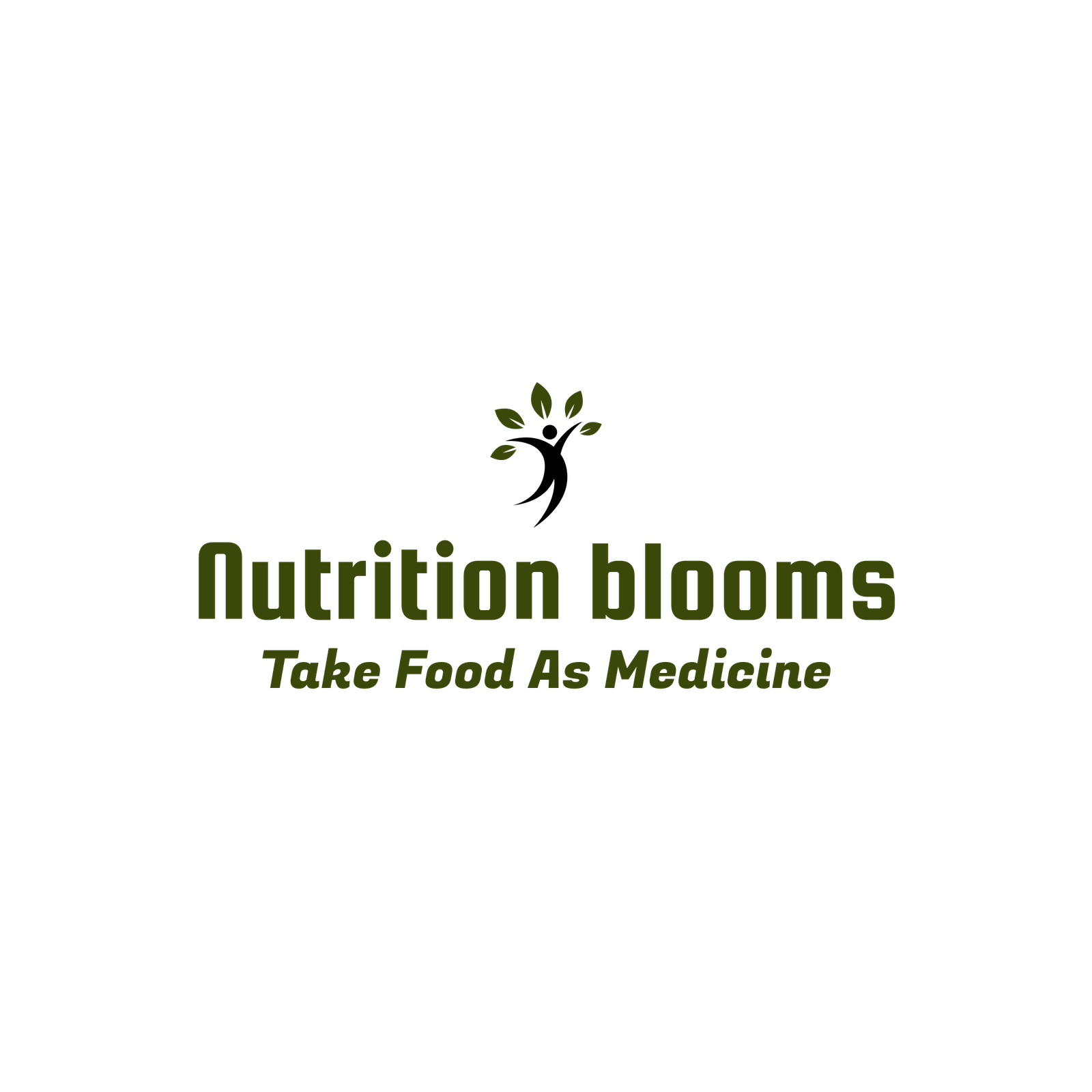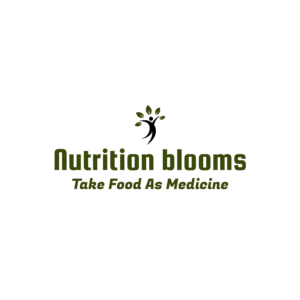Introduction
For many people, Kraft Mac and Cheese is a pantry staple that they enjoy, and it’s a go-to comfort dish for both families and individuals. Beyond its delectable flavor and ease of use, it’s important to comprehend the nutritional components of this well-known dish. In this comprehensive guide, we will open into the world of Kraft Mac and Cheese nutrition labels, unraveling the mysteries behind its ingredients and shedding light on its nutritional value.

Brief Overview
Kraft Foods produces Kraft Mac and Cheese, also known as Kraft Dinner or KD in some regions. It comprises a powdered cheese sauce mix and dried macaroni pasta. Although it’s renowned for its creamy texture and easy preparation, many consumers inquire about its nutritional content and its role in a balanced diet.
Early Background
The history of Kraft Mac and Cheese dates back to the 1930s when it was initially made available as a cheap and substantial dinner option during the Great Depression. Over the decades, it has develop into a cultural icon, cherished by generations of Americans and enjoyed worldwide. Today, it remains a hot favorite for busy families, college students, and anyone looking to a quick and satisfying meal.
Exploring the Nutrition Label
Ingredients
One of the first things to examine on a Kraft Mac and Cheese nutrition label is the list of ingredients. The traditional form of this product has enriched macaroni (wheat flour, niacin, ferrous sulfate, thiamin mononitrate, riboflavin, and folic acid), according to the official Kraft website), cheese sauce mix (whey, milk fat, milk protein concentrate, salt, calcium carbonate, sodium tripolyphosphate, contains less than 2% of citric acid, sodium phosphate, lactic acid, milk, yellow 5, yellow 6, enzymes, cheese culture).
Nutritional Value
When analyzing the nutritional value of Kraft Mac and Cheese, it’s essential to consider serving size and servings per container. According to the same source, a single serving (about 70g of dry pasta and 15g of cheese sauce mix) contains around 250 calories, 3g fat, 0.5g saturated fat, 0g trans fat, 5 mg cholesterol, 570 mg sodium, 49 grams carbs, 2 grams fiber, 6 grams sweets, and 9 grams protein.

.
Health Considerations
Consuming Kraft Mac and Cheese in moderation as part of a balanced diet is important. Its comparatively high sodium and carbohydrate content can worry people monitoring their food consumption. Furthermore, some customers might want to use whole wheat or gluten-free substitutes for dietary or health-related reasons.
Conclusion
In conclusion, understanding Kraft Mac and Cheese nutrition labels is vital to making informed choices about your dietary intake. You may better mix this popular comfort dish into your meal plans while maintaining a balanced and health-conscious eating style by looking at the ingredients and nutritional value of it.



Hello my loved one I want to say that this post is amazing great written and include almost all significant infos I would like to look extra posts like this.
In return, I would like to extend my support by visiting your website as well. I believe in fostering a sense of community and reciprocity, and I’m eager to see what you have to offer on your platform.
Nice blog here Also your site loads up fast What host are you using Can I get your affiliate link to your host I wish my web site loaded up as quickly as yours lol.